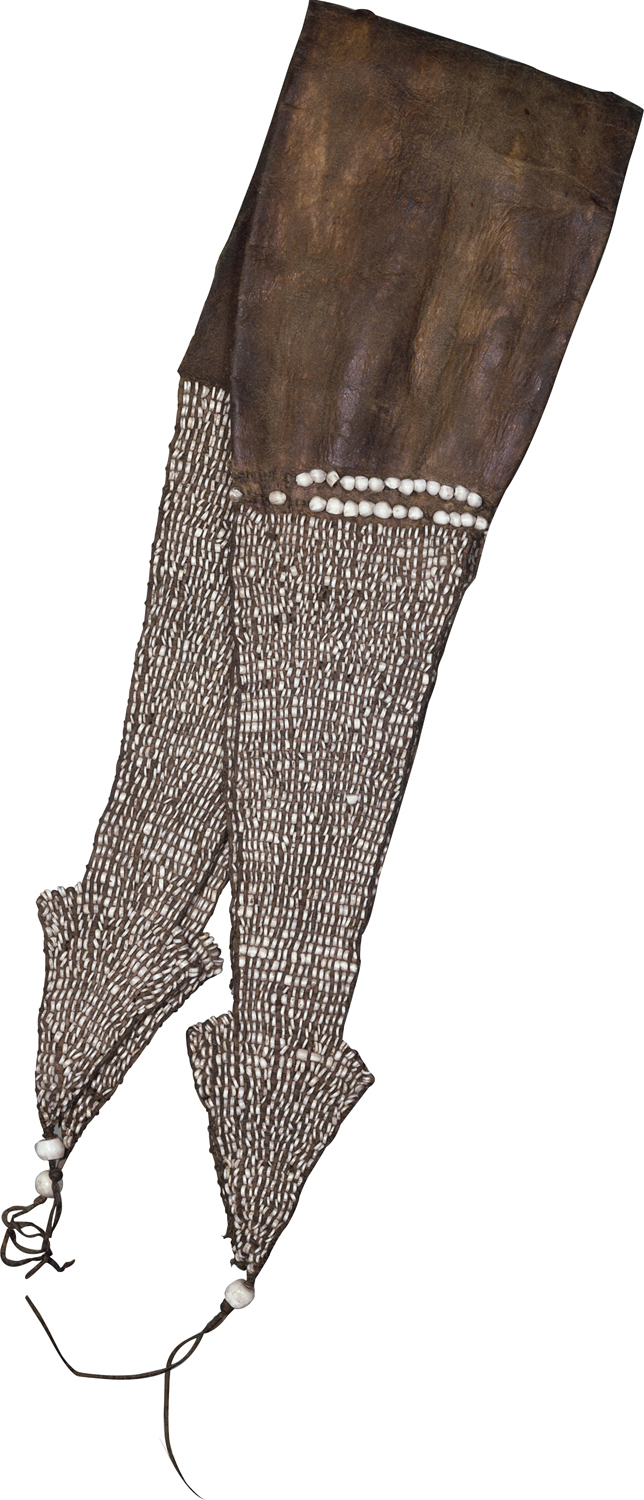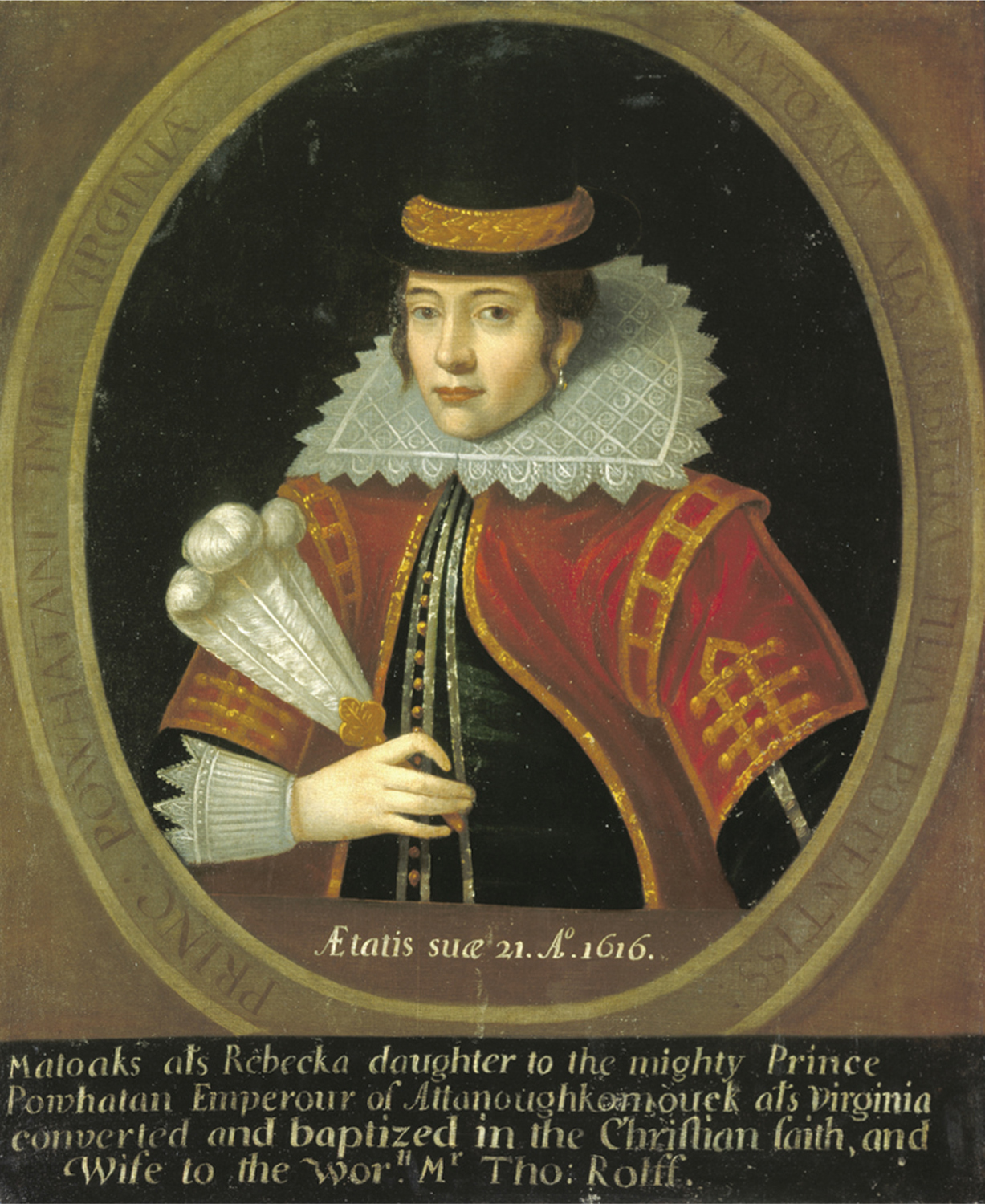The American Promise:
Printed Page 51
The American Promise Value
Edition: Printed Page 49
Introduction for Chapter 3
3
The Southern Colonies in the Seventeenth Century
1601–1700

CONTENT LEARNING OBJECTIVES
After reading and studying this chapter, you should be able to:
- Explain why England decided to establish colonies in the New World and what challenges the early colonists faced.
- Recognize how the introduction of tobacco into the Chesapeake region shaped the Virginia colony.
- Define the social, political, and economic inequalities that led to Bacon’s Rebellion.
- Differentiate the Spanish colonies in New Mexico and Florida from the Chesapeake, and explain why the Pueblo Indians in New Mexico revolted against Spanish rule in the late seventeenth century.
- Describe how the British developed a slave labor system in the West Indies, Carolina, and the Chesapeake. Identify the similarities and differences between the systems in each of these colonies.
IN DECEMBER 1607, AFTER ARRIVING AT JAMESTOWN with the first English colonists, Captain John Smith was captured by warriors of Powhatan, the supreme chief of about fourteen thousand Algonquian Indians who inhabited the coastal plain of present-
Historians believe that this episode happened more or less as Smith described it. But Smith did not understand why Pocahontas acted as she did. Most likely, what Smith interpreted as Pocahontas’s saving him from certain death was instead a ritual enacting Powhatan’s willingness to incorporate Smith and the white strangers at Jamestown into Powhatan’s empire. By appearing to save Smith, Pocahontas was probably acting out Smith’s new status as an adopted member of Powhatan’s extended family.

After Smith returned to England about two years later, relations between Powhatan and the English colonists deteriorated into bloody raids. In 1613, the colonists captured Pocahontas and held her hostage at Jamestown. Within a year, she converted to Christianity and married a colonist named John Rolfe. After giving birth to a son named Thomas, Pocahontas, her husband, and the new baby sailed for England in the spring of 1616. There, promoters of the Virginia colony dressed her as a proper Englishwoman and arranged for her to go to a ball attended by the king and queen.
Pocahontas died in England in 1617. Her son, Thomas, ultimately returned to Virginia, but the world he and his descendants inhabited was shaped by a reversal of the power ritualized when his mother “saved” John Smith. By the end of the seventeenth century, Native Americans no longer dominated the newcomers who arrived in the Chesapeake with John Smith.
During the seventeenth century, English colonists learned how to deviate from the example of New Spain (see “Europe and the Spanish Example” in chapter 2) by growing tobacco, a crop Native Americans had cultivated in small quantities for centuries. The new settlers grew enormous quantities of tobacco and exported most of it to England. Instead of incorporating Powhatan’s people into their emerging society, the settlers encroached on Indian land and built new societies on the foundation of tobacco and transatlantic trade.
Producing large crop surpluses for export required hard labor and people who were willing—
By the end of the century, the southern colonies had become sharply different both from the world dominated by Powhatan when the Jamestown settlers first arrived and from seventeenth-
CHRONOLOGY
| 1606 |
|
|
| 1607 |
|
|
| 1607– |
|
|
| 1612 |
|
|
| 1617 |
|
|
| 1618 |
|
|
| 1619 |
|
|
| 1622 |
|
|
| 1624 |
|
|
| 1630s |
|
|
| 1632 |
|
|
| 1634 |
|
|
| 1640s |
|
|
| 1644 |
|
|
| 1660 |
|
|
| 1663 |
|
|
| 1670 |
|
|
| 1670– |
|
|
| 1676 |
|
|
| 1680 |
|